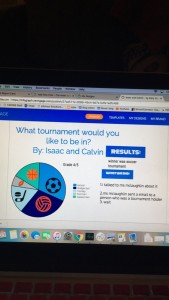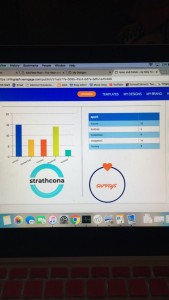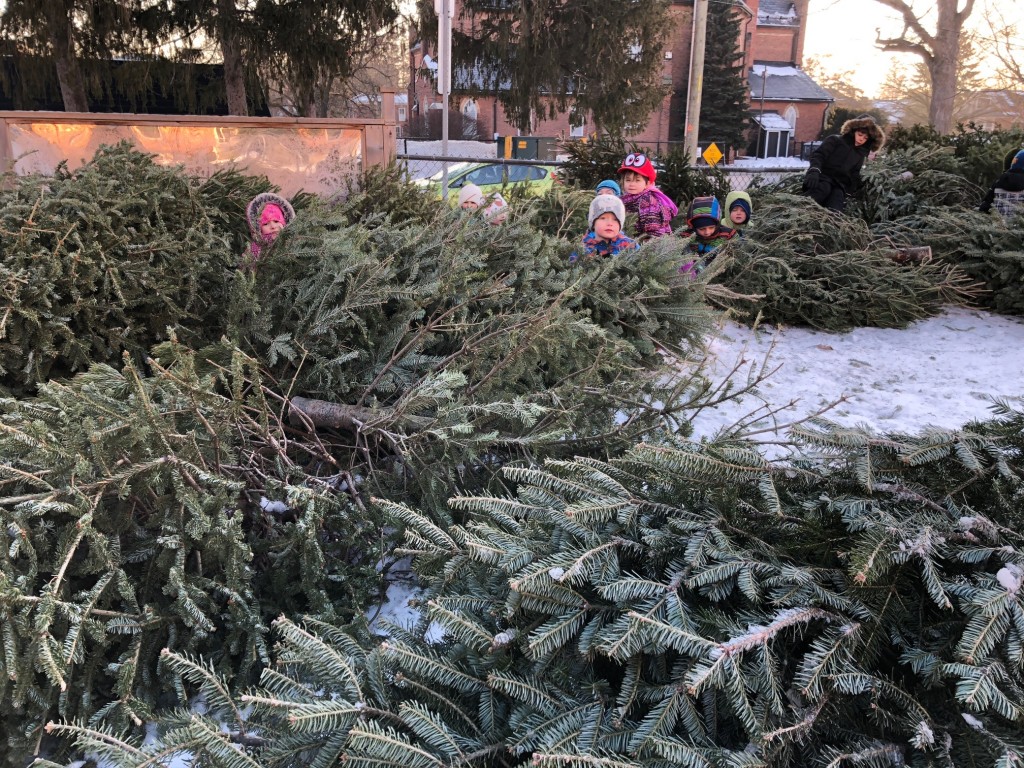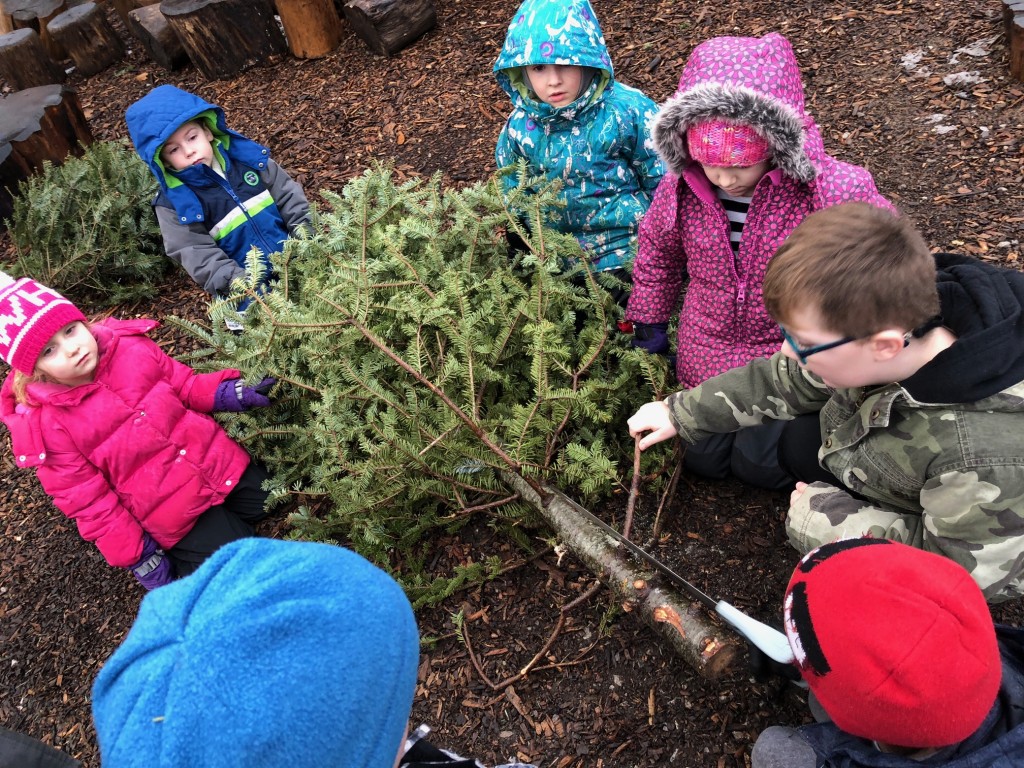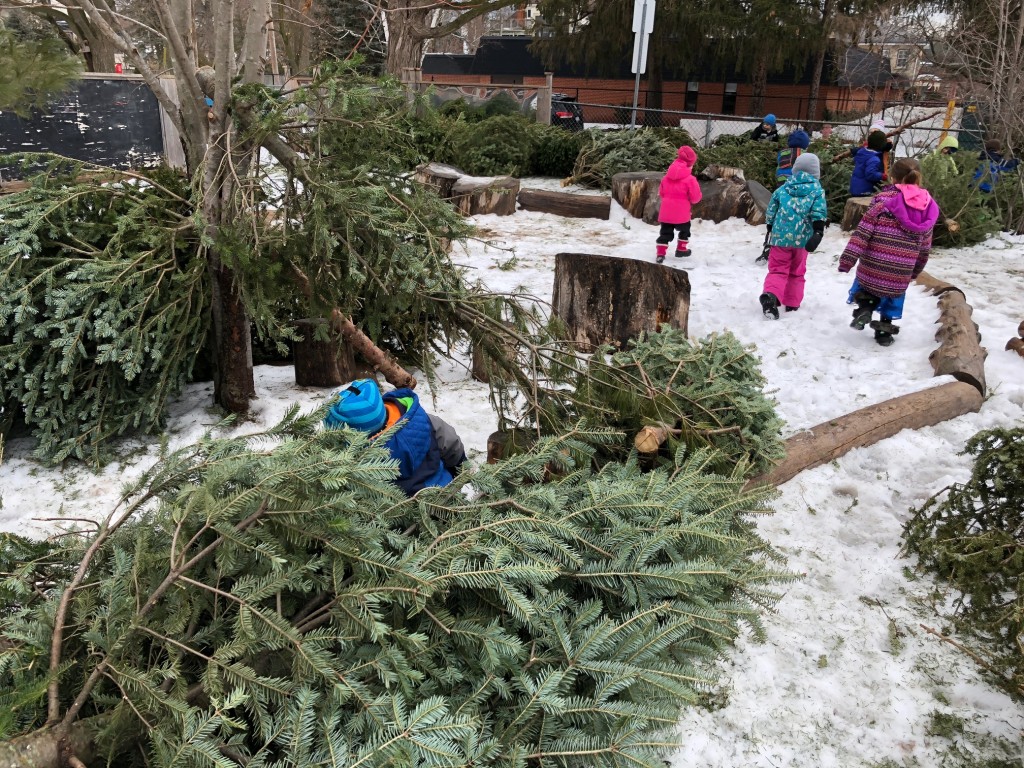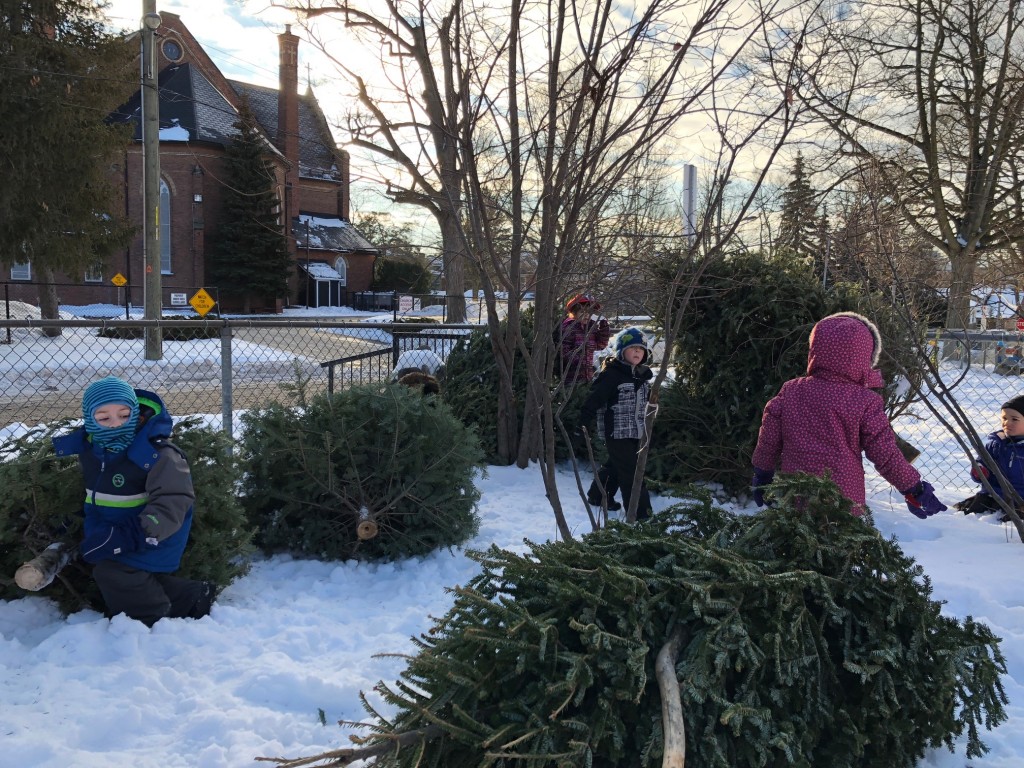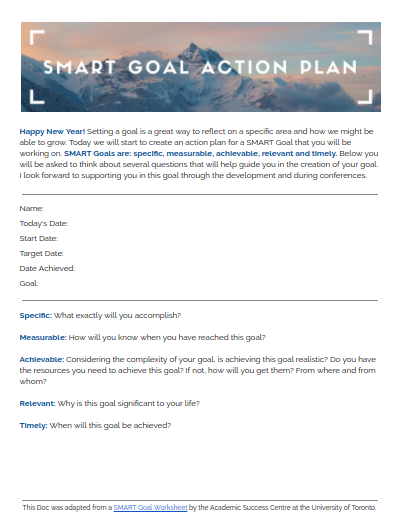Documentation can be one of the most time consuming aspects of teaching Kindergarten and working with young learners. Especially in a program where there are no pencil-paper assessments, but rather the learning is something that is seen and heard.
I found a tool a few years ago that changed the way I document tremendously. Not only is documentation easy, natural and quick – it is inclusive of families and further builds our classroom community.
SeeSaw is an online documentation tool designed for teachers to capture the learning of students through photo, video and audio recording. What makes SeeSaw unique, and in my opinion its best feature, is that it acts as almost a social media tool for engaging parents and families. Here are some ways that SeeSaw is working wonders in my classroom:
SeeSaw is easy and quick, allowing me to capture learning in the moment. I have the app on our classroom iPad as well as my own device. This way, I’ve always got my documentation tool at hand when learning happens. The interface is easy to use and navigate. SeeSaw allows you to create a folder for each individual child, which is visible only to that child and their families. For each entry, I can select individual children, groups of children or post it to the entire class’ journal. SeeSaw allows you to add multiple teachers to the account, which makes co-teaching and collaborating with prep coverage teachers even easier.
SeeSaw has tools that deepen and strengthen learning. After capturing a photo, I have the option draw on top of the photo (even record and replay this drawing), as well as record audio. If I take a photo of a structure a child built in the block centre, I’ll ask them to add a label or verbally describe their creation. I can also record how my students are thinking while writing and view it again later. The opportunities to capture much more than a written sample are endless!
SeeSaw can be used by my students to document their own learning. This takes a little bit of scaffolding, but children as young as Kindergarteners can independently use SeeSaw to document their own learning. In my classroom, we have a designated SeeSaw iPad that children know they can access to take photos and videos of something they are proud of. This is powerful because, even with two educators in the room, we can’t always see everything that happens. At the end of the day, I can scroll through what the children chose to document that day and “approve” their posts to the journal. This provides so much insight into what my students think is important. In the older grades, the opportunities are endless to use this as a tool for paperless assessment.
SeeSaw has become the guide to our “reflecting and connecting” discussions. My favourite time of day is just before we head outside for our second outdoor block, when we all sit down together on the carpet and “see what we saw” – a term coined by one of my year two students! During this time, we scroll through the posts to SeeSaw from that day and talk about them. We might view a photo of an art project done by some students, invite them to talk further about it and then ask the entire group if they might feel inspired to try something similar the next day. This way, my students have a chance to see what other children are doing during the day and be inspired by their ideas. It also allows us to have reflecting and connecting conversations about our experiences. This continues at home, when children and parents can do the same together.
SeeSaw is the “one stop shop” when it comes time for writing the Communication of Learning. When it comes time for assessment and writing reports, I’ve got all of my documentation in one spot. I simply open that child’s folder and then have access to hundreds of photos, video footage and notes that I have entered about that child’s learning and development. I also record my students during their DRA assessments so I can share this with parents and I can refer back to their reading behaviours. This allows me to easily include very personalised information into my comments, including direct quotes from their videos and audio recordings.
SeeSaw brings parents into our classroom and opens doors for family involvement. My favourite thing about SeeSaw is how inclusive it is of families. As I mentioned earlier, it acts almost as a social media platform where parents can view their child’s or class wide content, “like” it and even add comments. The comments build community between families but also acts as a communication line between the child and their parent. If a comment pops up during the day, shortly after I post something, I will share it with the child and then we reply to the comment together. Parents in my class are fully informed about what we’re doing in the classroom and what their child works on during the day. Many parents have told me that it has become a nightly ritual to sit with their child and look at SeeSaw together, discussing the events of the day. Parents love the app because it provides spark points for discussions about what their children are learning, rather than asking what they did that day and being told “nothing!”. SeeSaw also has a messaging tool that allows me to send announcements to families (for reminders, etc) and a private messaging tool that I use for all communication with our families.
SeeSaw is a wonderful tool for all grade levels. So far, I have used it with Kindergarten, 2/3 and 5/6 and have found new and wonderful uses for it in each setting! If you’re looking to try something new with the way you document your students’ learning, I recommend checking out this awesome – and free – app!

